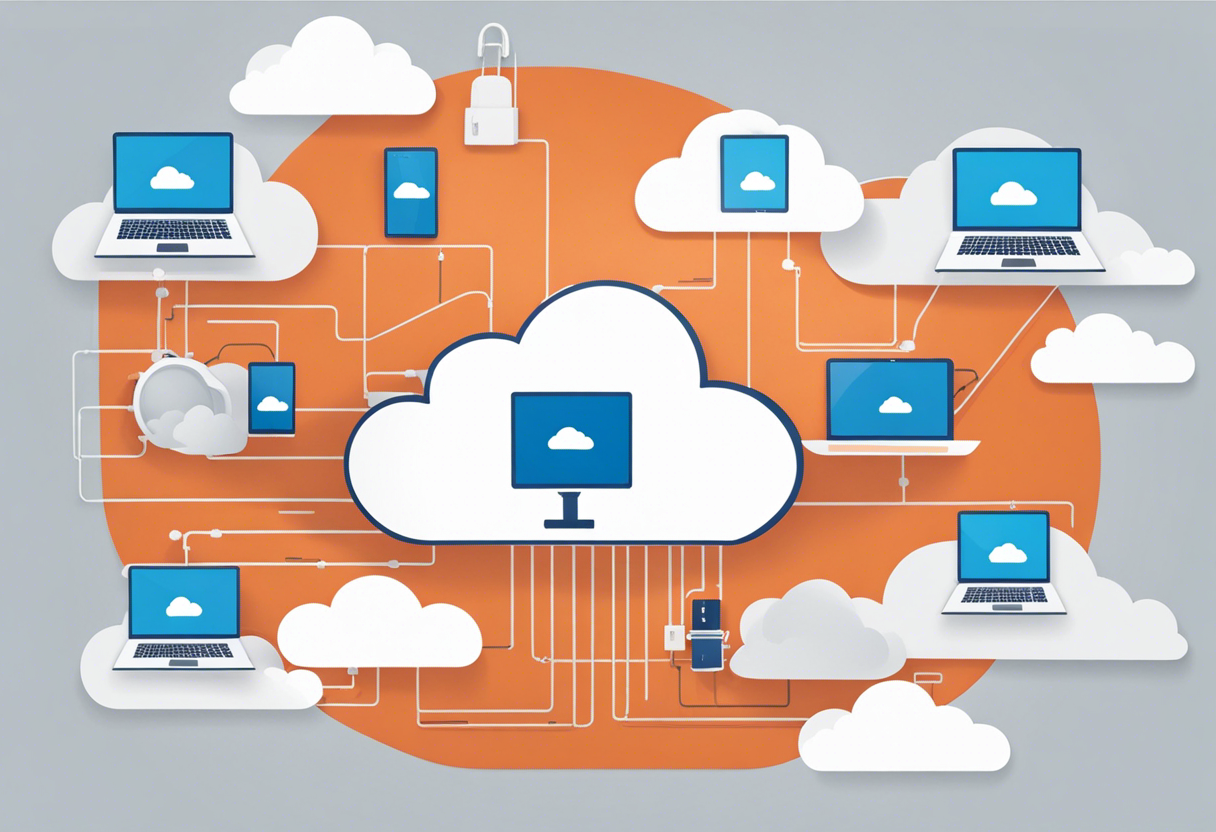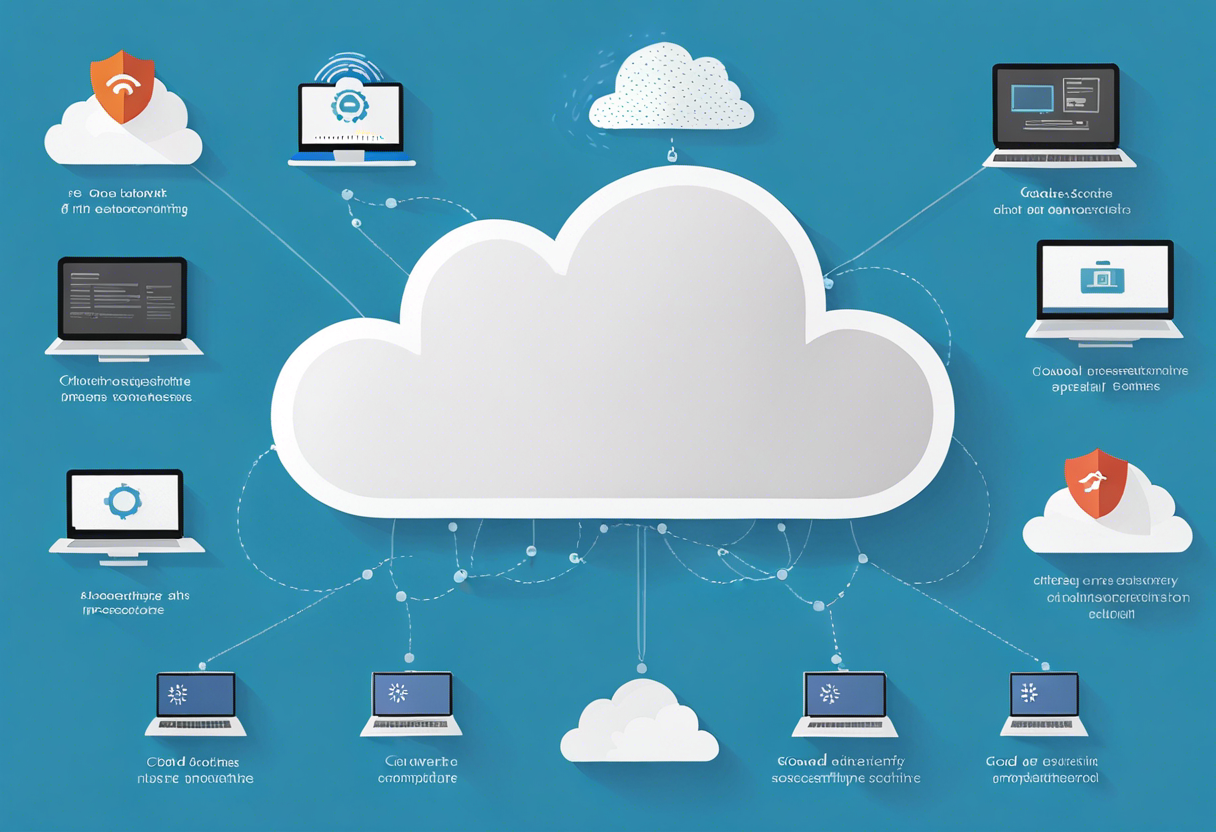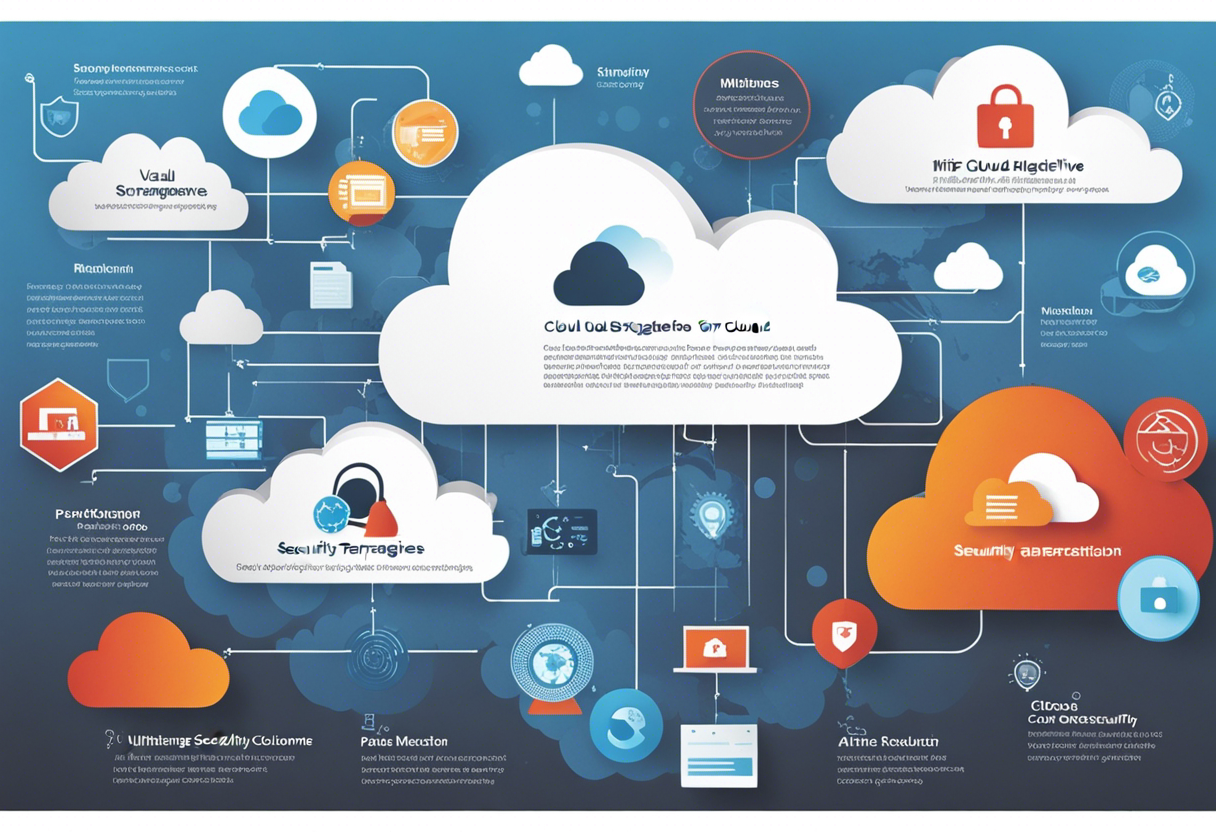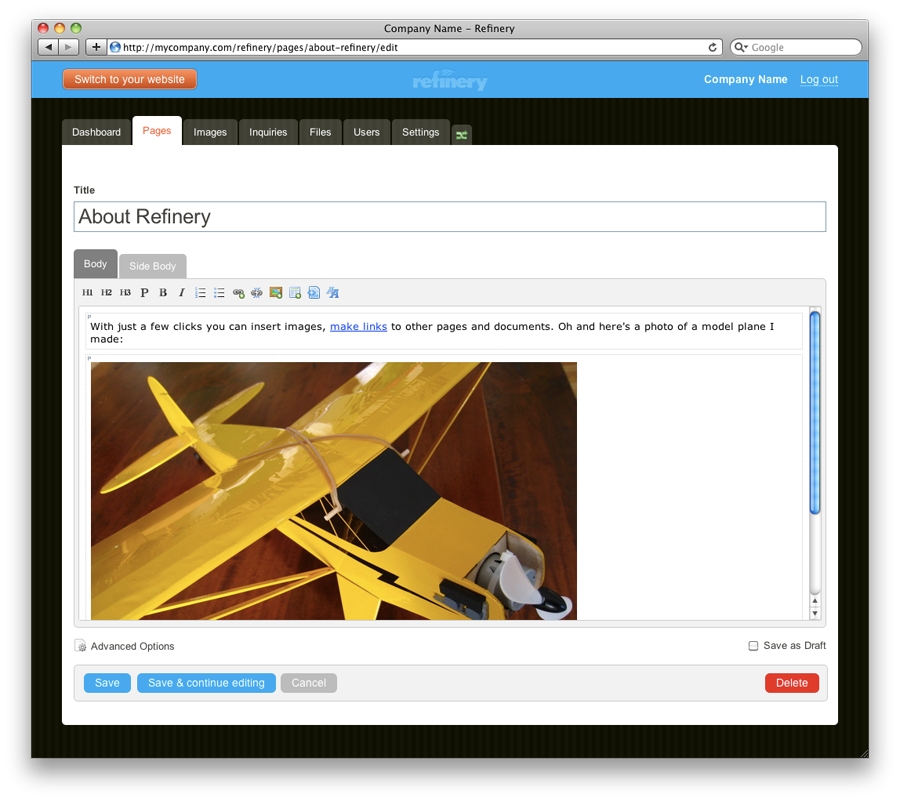Bridging Virtual Frontiers: A Deep Dive into the Intricacies of Cloud Computing Security Measures
Cloud computing is transforming the way organizations handle data. As we venture into the world of cloud-based operations, understanding the basics is critical. One cannot bridge the gap between virtual frontiers without a firm grasp of cloud computing security. Stakeholders must understand what it entails and the role it plays in secure data handling.
Cloud computing security encompasses a set of procedures, policies, and technologies working jointly to protect cloud-based systems, data, and infrastructure. These measures are designed to provide a secure environment for clients' applications and data. Understandably, protection extends to data privacy, regulatory compliance, and user identity management.
However, one size doesn't fit all when it comes to security measures. The level of security varies based on the type of cloud service: Infrastructure as a Service (IaaS), Platform as a Service (PaaS), or Software as a Service (SaaS). Therefore, understanding this differentiation is a vital starting point.
Critical Benefits of Cloud Computing Security

Benefits are the driving factors for change, and cloud security is not an exception. Notably, cloud computing security has enormous advantages, from data protection to regulatory compliance.
Data protection is at the crux of cloud computing. Employing robust security measures ensures data confidentiality, integrity, and accessibility. Moreover, it safeguards against threats such as data breaches and loss.
Regulatory compliance is another key benefit. Cloud security ensures the adoption of standards and protocols required for adherence to guidelines such as the GDPR. As we bridge into more virtual frontiers, this compliance becomes increasingly crucial, directly influencing an organization's credibility and trustworthiness.
Security Measures for Different Cloud Models

Cloud computing can be modeled as private, public, or hybrid clouds, each requiring unique security measures. Diving into these intricacies helps unravel the complex tapestry of cloud security.
Private clouds, operated solely for a specific organization, require stringent access controls and network perimeter protection. Public clouds, on the other hand, demand stringent data isolation measures to prevent cross-client data leaks.
Hybrid clouds, a combination of private and public clouds, necessitate a complex series of security measures. This complexity requires ensuring security for data and application portability across different cloud environments.
Understanding the Risks posed to Cloud Security

Despite the benefits and critical security measures, cloud computing isn't free from risks. These threats can jeopardize data integrity, confidentiality, and even regulatory compliance efforts.
Some threatsinclude data breaches, which involves unauthorized access to the database, leading to loss of data integrity and privacy. Denial of Service (DoS) attacks and insecure API's are other risks posing significant threats to cloud security.
Being aware of these threats not only uncovers the potential vulnerabilities in the cloud but also prompts productive measures to mitigate them.
Mitigation Strategies for Cloud Security Risks

Effective mitigation strategies specific to the identified risks are integral to maintaining robust cloud security. The goal isn't merely to react to threats but to anticipate their occurrence and formulate preemptive measures.
Establishing strong access controls and data encryption strategies prevents data breaches. Implementing load balancing strategies helps to combat Denial of Service attacks. To safeguard against faulty APIs, deploying secure API gateways and regularly testing the APIs are recommended.
Evolving Landscape of Cloud Computing Security

Cloud security isn't a static field. As we bridge more virtual frontiers, it continues to evolve, prompted by technological advancements and ever-changing threat landscapes.
The emergence of sophisticated technologies like Artificial Intelligence (AI) and Machine Learning (ML) are transforming cloud security. They enable predictive analysis and automatic response systems to combat emerging threats. Blockchain technology, with its decentralized and tamper-proof nature, promises enhanced secure data transmission.
Cloud security is also adapting to the rise of 'edge computing', a model to bring computation and data storage closer to data sources. It requires re-imagining traditional security measures and embracing innovation to secure the edges without dampening the efficiency.







